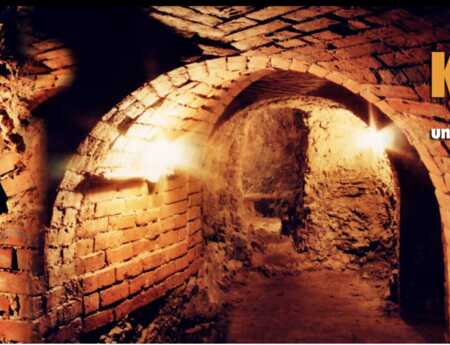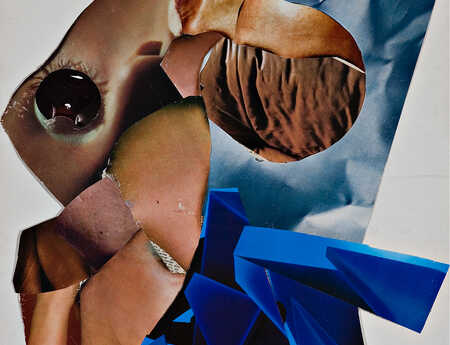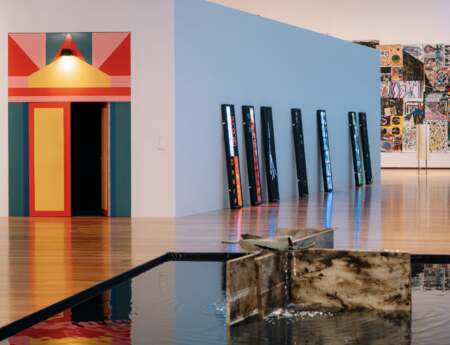Georg Kolbe Museum
Sensburger Allee 25
14055 Berlin
Germany
Liaisons: Georg Kolbe, Herbert List, Harry Hachmeister, Jens Pecho and Maurice Béjart
In 1947, the photographer Herbert List (1903–1975) visited the gravely ill Georg Kolbe (1877–1947) in his studio on Sensburger Allee, today the Georg Kolbe Museum, and took a series of portrait photographs that were to remain the last images of the sculptor. List, who was relatively unknown at the time, would later become an icon of photography. He worked for international magazines like Harper’s Bazaar and Life, and was, at the time, associated with the renowned photo agency Magnum. As a homosexual man, he felt compelled leave Germany in 1936 and accepted his first commissions in Paris and London as a photographer. His travels brought him to Italy and Greece, where he captured the carefree attitude his circle of friends had towards life. The photographs communicate intimate friendships and a sensual, tender perception of the male body.
Kolbe also travelled to Greece with his friends Curt Valentin and Richard Scheibe, where they visited the ancient cities. A little later, his almost fragile, aesthetically classically, amongst other, influenced sculptures, of the 1910’s and 1920’s evolved into powerfully heroic representations of bodies, reflecting the toughening of his sculpted male figures of the 1930’s and 1940’s.
In the juxtaposition of the selected works from Kolbe and List, who shared the same social circle, the exhibition reveals the artistic developments in the depictions of the male body in the early 20th Century and after. Both artists draw on, among other influences, ancient artistic language, and have developed a contemporary expressiveness from it – each in his unmistakable, often opposite, way. The befriended artists Harry Hachmeister (*1979) and Jens Pecho (*1978) stepped into this historical social network of friendships and presentations of the male figure. They complement the exhibition with their own tender, playful and critically ironic explorations of the male body.
Hachmeister’s ceramic dumbbells and medicine balls appear there to prepare Kolbe’s heroic male bodies for strength training, referring to their masculinity, athleticism, strength and power. They play with these motives and break up their supposed ambiguity. In his art, Hachmeister combines photography, drawing, painting and ceramics in installations which centralise the transformational processes and intermediate states of bodies and identities. tenderness and play, vulnerability and strength, intertwine to create a narrative about life and create spaces beyond normative realities. Pecho’s approach is more conceptual: in his artistic practice he makes use of pre-existing material, which he processes and re-stages. His works open up a critical, at times humorous perspective on traditional forms and historical change.
Leading on from List’s last photo of Kolbe, an exhibition of friendship, closeness, and the male body in art unfolds – a search for traces between past and present. The exhibition is linked to the anniversary show Tea and Dry Biscuits. An Anniversary exhibition, which takes the founding moment of the museum in 1950, to grapple with the question of memory and the institution’s history. In October 2025, the second part of the anniversary exhibition will follow, with works from Maurice Béjart, Harry Hachmeister, Herbert List, Jens Pecho and Georg Kolbe, as well as the guest presence of Jimmy Robert.
Curated by: Dr Elisa Tamaschke


